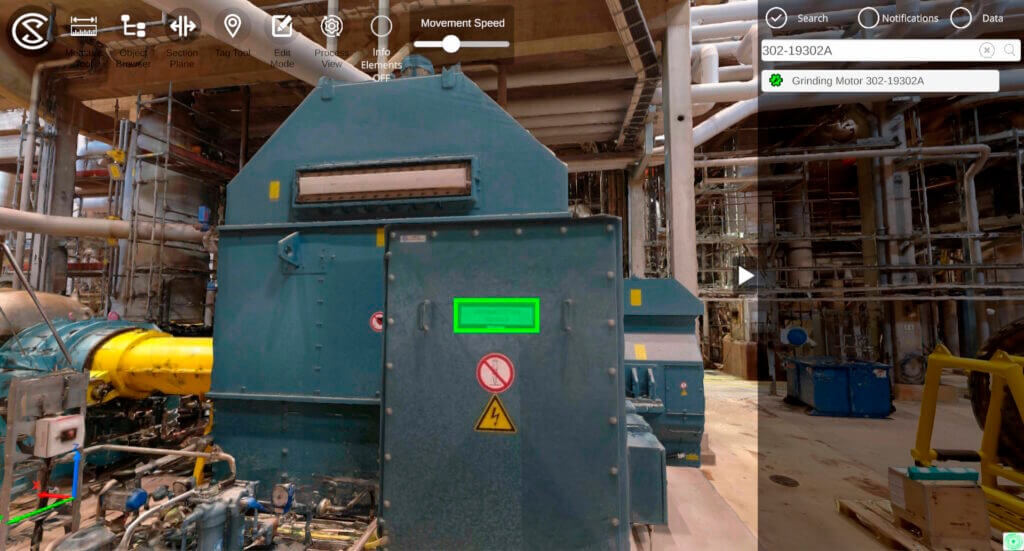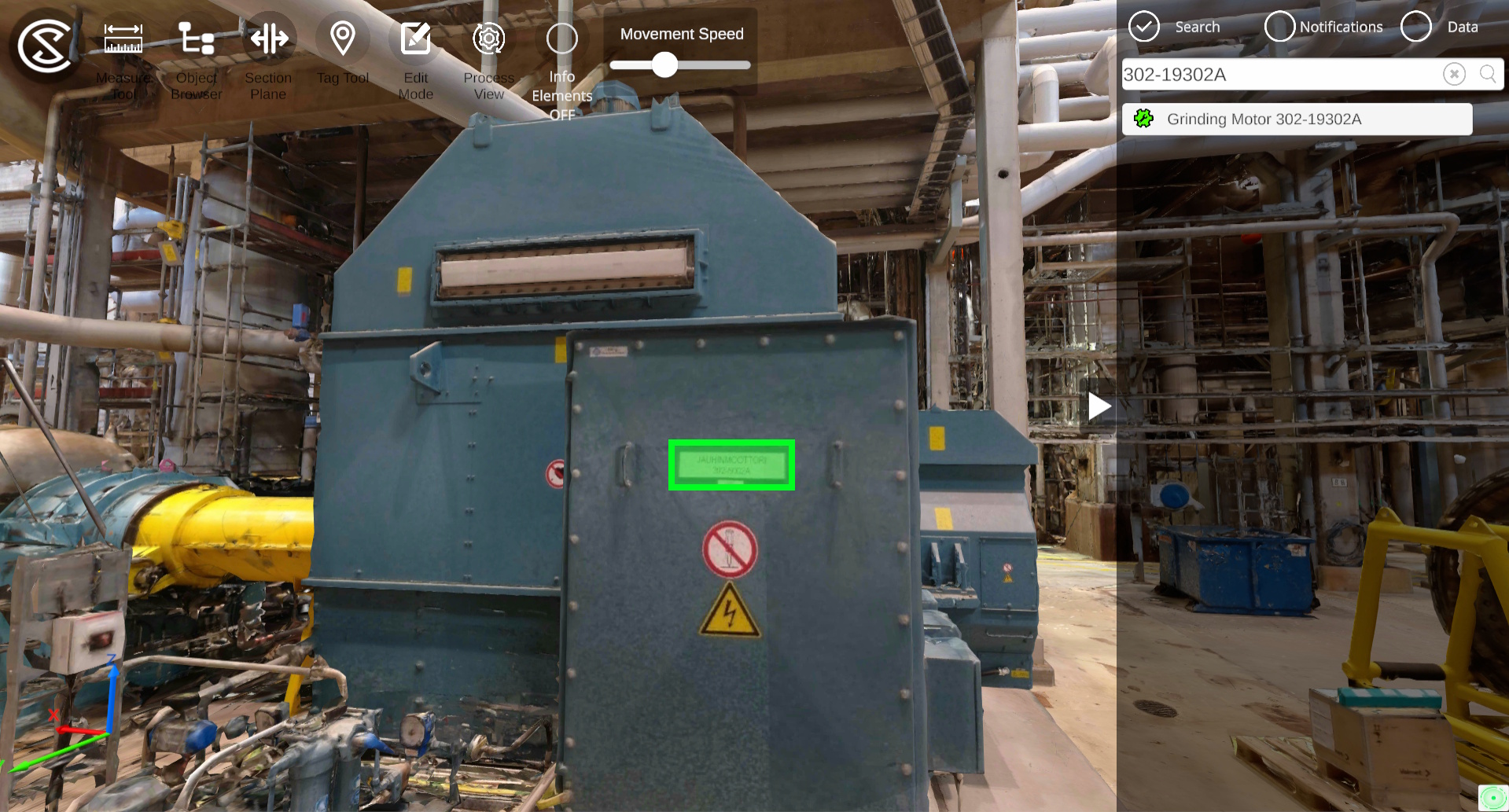The experiences of our fictional character, Pertti, demonstrate how outdated documentation affects decision-making and production safety – and how an up-to-date, intelligent Reality Twin model can change the game entirely.
Maintenance Manager Pertti was the first to notice it. FI-204, a flow sensor on the neutralisation line, was showing unstable readings. At times, there seemed to be flow – and then suddenly none.
He opened the P&ID diagram. Or rather the version that was last updated a few projects ago. He searched for the sensor, but the line ended abruptly and some of the valves weren’t even labelled. Based on his 30 years of experience, he remembered that this had something to do with pH adjustment before the separation stage – either in sludge pretreatment or before one of the filtration steps. But the diagram offered no clarity.
When he finally located the sensor, its position in the process was vaguely marked: “Neutralisation area.” Which tank did it feed into? Which valve did it pass through? The documentation gave no answers, and the previous maintenance report was blank.
“Brilliant,” muttered Pertti. This was going to take time – time he didn’t have.
Pertti began to piece the problem together: If the flow of neutralising chemicals is intermittent or leaking, the pH won’t remain within the desired window. It might not halt production immediately, but it would affect downstream separation stages – solids could accumulate in the wrong places, filters would get overloaded, and separation efficiency would drop.
And then there was the sensitive equipment at the end of the line. If neutralisation was insufficient, an overly acidic intermediate could pass through the process. It could corrode the next stage – especially the heat exchanger, which had just been replaced the previous week at a cost Pertti preferred not to recall.
The worst-case scenario? The leak wouldn’t be contained within the process line. If it occurred at floor level – and the line wasn’t enclosed – unneutralised liquid could end up in a floor drain and eventually into the sewer system. And if that happened… Pertti knew what it would mean: an environmental incident, a report to the authorities, and a full production stop.
Sweat gathered on Pertti’s temple. He exhaled, pulled on his helmet and grabbed a notebook. “No choice but to go on-site – and while I’m at it, document all the missing info properly.”
How Could Reality Twin Have Helped Pertti?
On the way to the site, Pertti recalled what his colleague Heimo – who worked at a nearby plant – had told him about Reality Twin, a software platform that combines laser scan data with AI.
If sensor FI-204 had been linked to the Reality Twin, Pertti would have seen its exact physical location immediately within the 3D model of the plant environment.
Reality Twin’s features would have long since ensured the documentation was up to date. The sensor’s pipeline could have been identified and documented directly from the laser scan data – as well as the associated tank, valves, and other sensors. Any structural or equipment changes would have been reflected in the updated P&ID diagrams and equipment hierarchy.

A major time-saver for Pertti would have been the Reality Twin field application, which utilises indoor positioning and augmented reality. A mobile device or smart glasses would have guided him directly to the physical location of FI-204. Once there, Pertti could have checked relevant maintenance data – when the last service was done and what previous reports had noted.
And if he encountered something new – for example, a previously undocumented branch – Pertti could have taken a photo and added a note directly into the model.
“No guesswork. No three Excel sheets and two PDF folders. Just me and a smoothly running plant,” Pertti sighs as he heads to the site.
Subscribe to SolidComp’s Newsletter
Receive a newsletter from SolidComp about once a month. In it, we share the latest updates from the industry, SolidComp, and the SolidComp Digital Twin.
Subscribe newsletter


